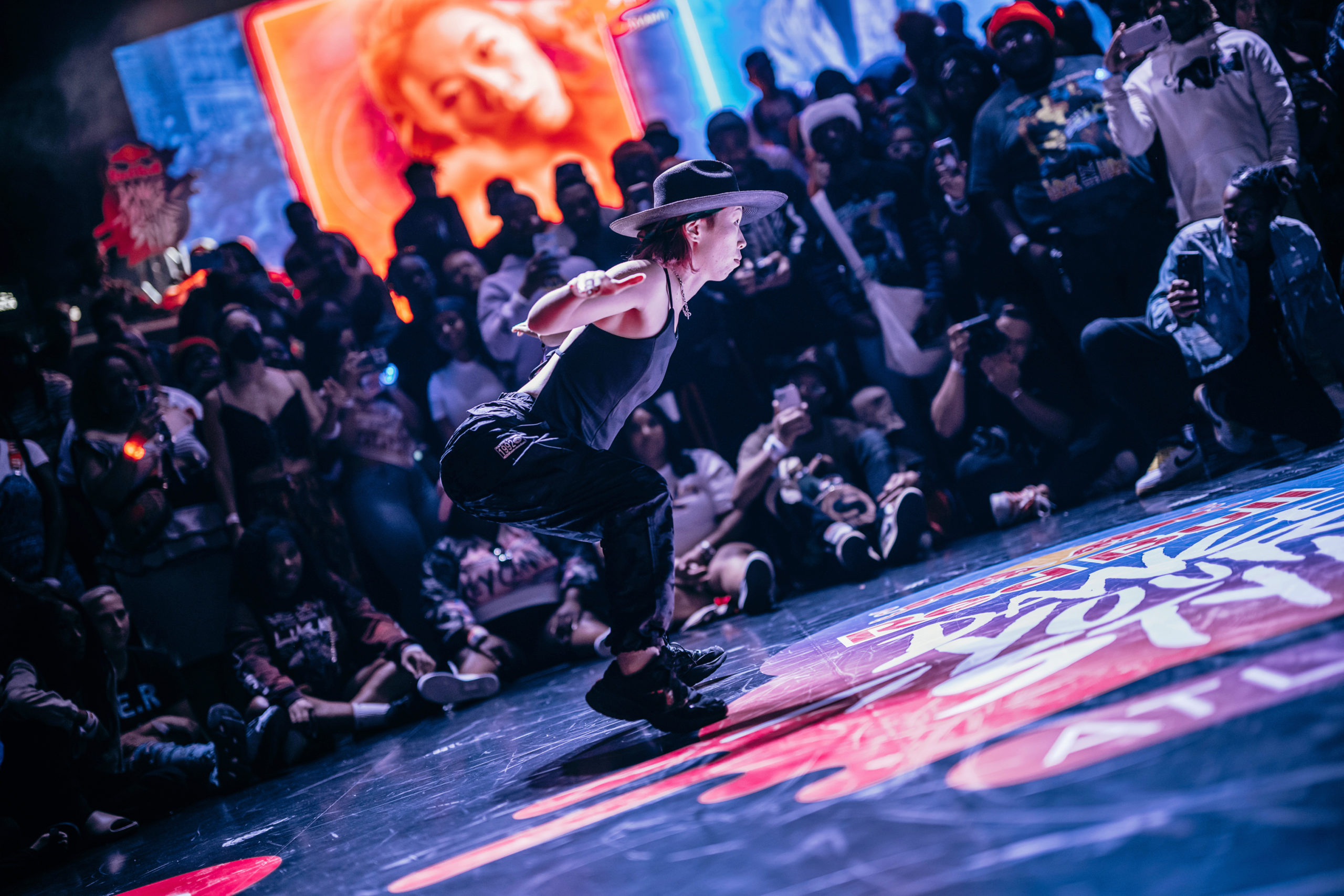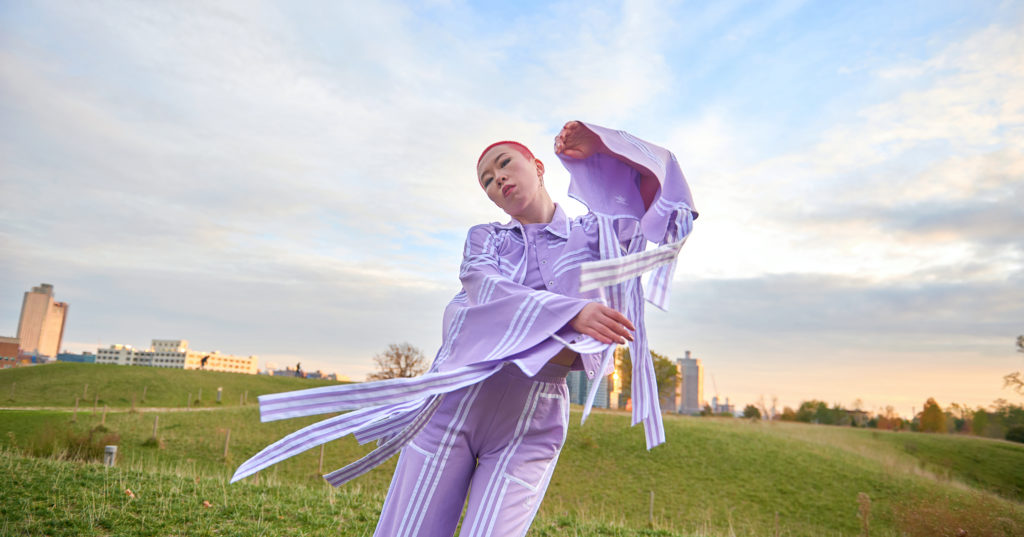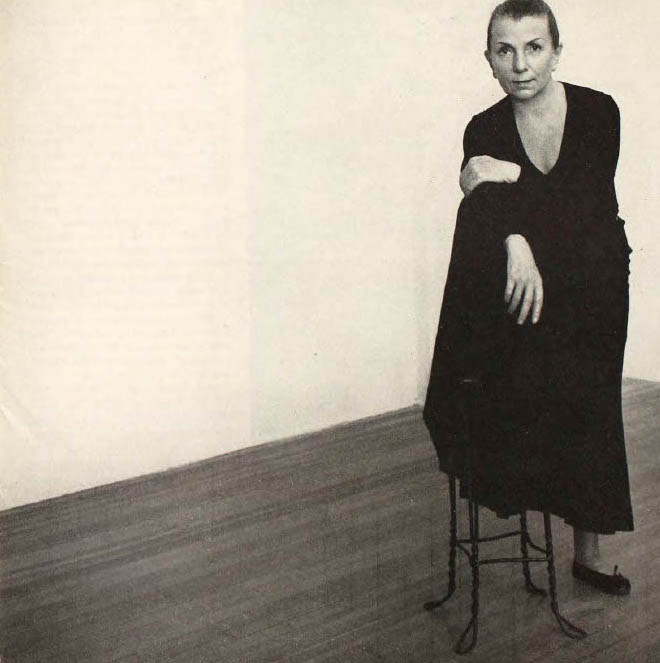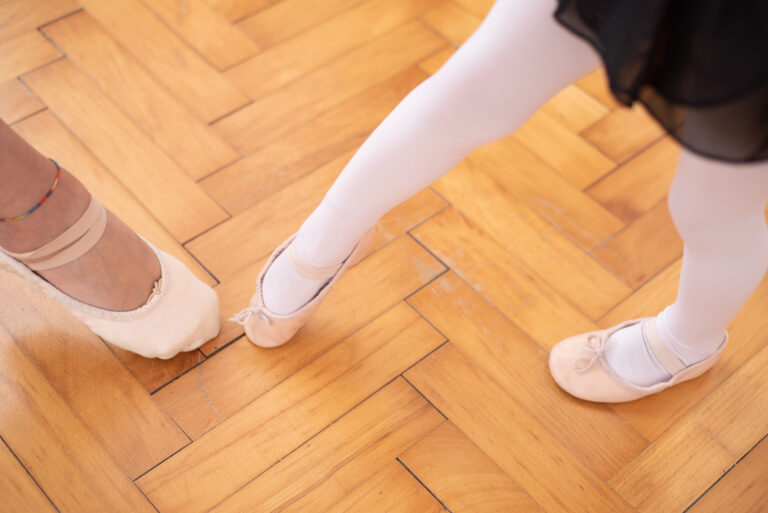
Dancer, choreographer and teacher Sun Kim recalls being painfully shy as a child. “I couldn’t talk to people while making eye contact!” she says. Then she found popping. The dance style, created in the early 1970s in Black and Latin American communities in California, is characterized by quick contraction and release of the muscles to the beat of the music. “When I learned popping, the physical sensation of it—how you feel it shake your body—it made me feel strong, inside and out,” Kim explains.
A native of South Korea, Kim started dancing at age 12. What began as a hobby—learning moves from VHS tapes with her friends and as an after-school activity—soon became a passion. Around age 14, she began to travel to Seoul, two hours from her hometown, for formal classes. In 2011, at 21, Kim moved to New York City to further her dance training. She added other street styles, like house, vogue and hip hop, as well as styles like West African and contemporary, to her repertoire. While she took classes at studios like Peridance Center and Broadway Dance Center, she also immersed herself in street dance culture, attending battles and interacting with the legends of the scene. “Listening to someone like Buddha Stretch talk—that’s a whole library right there,” she says.

Buddha Stretch is one of Kim’s dance mentors. Another is Val Ho, aka “Ms. Vee,” who helped Kim find her voice as an educator. “Ms. Vee guided me toward becoming an actual teacher,” Kim says. “It wasn’t just ‘This is my choreography, so you’re going to learn this combination.’ She showed me how to really introduce the style of popping.”
Kim is currently on faculty at Peridance Center, Broadway Dance Center and Princeton University. Her beginner-level class begins with a warm-up that emphasizes isolations. “I then do basic drills,” she says. “How to pop with the biceps, the triceps, the forearm, the neck, the core, the glutes—it’s a very thorough breakdown.” Sometimes, class includes games such as pairing up students and having them freestyle using the shapes the other person creates. She always introduces a technique, movement or step of the day. All of that prep work comes together in a final piece of choreography. But, Kim stresses, “I make sure they know I don’t want them to dance like me. Now that you’ve learned my choreography, can you add your flavor?”
Although she’s been popping for years, Kim is quick to point out that she is a guest in the street dance culture. “This is Black and brown people’s culture,” she says. “As a guest, I always offer resources to guide students toward experiencing the culture outside of the class.” For instance, she shares information about upcoming battles and parties, to help students learn from popping’s “OGs,” as she did.

Kim believes that studying popping can benefit dancers of any genre. “It teaches body control,” she says. “There’s a groove to popping. Even though it can be tense and robotic, it has to flow.” For her DanceTeacher+ Lesson Plan, Kim highlights a step called the “walk-out.” “In popping, you often dance within a small box,” she says. “The Electric Boogaloos [a street dance crew] created the walk-out to travel from point A to point B, which makes the dance more dynamic.”
Step by Step
Note: Kim’s lesson plan below can be tailored toward all dance levels from beginner to advanced.
Step 1: Step your right foot forward without shifting your weight off of the left leg. Bring your left arm front, in opposition to the right leg.
Step 2: Open the right leg to the side, taking your focus to the right. At the same time, lift your right arm to the front and drop the left arm. The weight is still on the left leg.
Step 3: Lift the left heel and rotate the left leg in toward the right side, bringing the torso along. Lift the left arm so both arms are held parallel at shoulder height in front of you.
Step 4: Step the left foot next to the right and drop the arms.
Repeat the walk-out to the other side, beginning with the left foot and right arm front.
As you become more comfortable with the basic move, try it double-time. Then, try changing your posture: Instead of keeping the spine vertical the whole time, do the walk-out with either a forward curve or a backward lean. Finally, try traveling in different patterns across the floor, or playing with different levels. “The drill is very important,” Kim says, “but once you get the drill, you have to explore.”
Watch the full video tutorial below:





